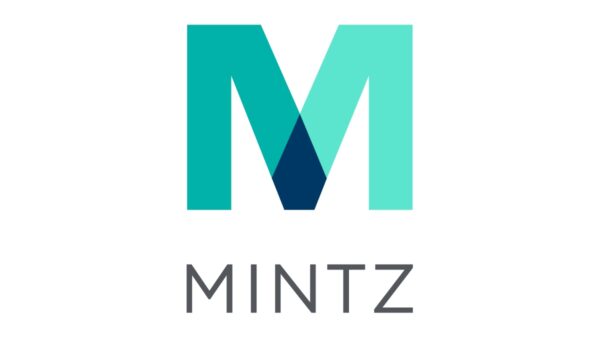As the landscape of artificial intelligence (AI) evolves, a unique opportunity appears for Britain to carve out its regulatory path. The country has been navigating a middle ground between the strict regulatory frameworks observed in Europe and the more relaxed, self-regulatory approach favored by the United States federal government. The recently released AI Opportunities Action Plan, introduced in January, primarily seeks to refine existing regulations. Although the proposed alterations may seem unexciting at first glance, they can pave the way for substantive action if the government genuinely engages with the potential risks and benefits associated with AI.
Balancing Regulation and Innovation
The AI Opportunities Action Plan reflects a strategic choice to adapt rather than overhaul Britain’s regulatory landscape. This incremental approach aims to maintain a balance between fostering innovation and ensuring safety. By tweaking existing regulations, the government has the chance to address the growing concerns surrounding AI, from ethical implications to security risks.
Despite these attempts, there is a growing sentiment that the British government has not demonstrated the urgency needed to confront major tech giants effectively. The hesitance to take a firm stand against large technology companies suggests a broader challenge that many governments face in regulating powerful entities that dominate the AI landscape. This is particularly relevant given the rapid pace at which AI technology is advancing.
The call for a more assertive stance comes amid increasing public scrutiny and concerns about the impact of AI on employment, privacy, and security. As AI technologies become more integrated into daily life, the need for robust frameworks that protect citizens while allowing for innovation is paramount.
International Context and Competition
Britain’s regulatory efforts take place within a highly competitive global environment. The European Union’s AI Act represents one of the most comprehensive approaches to regulating AI technologies, focusing on risk-based classifications and stringent compliance measures. In contrast, the United States is leaning towards a more laissez-faire attitude, prioritizing innovation over regulation, which can lead to a regulatory vacuum in some areas.
This divergence raises questions about how Britain can position itself in this global race. A well-defined regulatory framework could not only safeguard its citizens but also attract businesses seeking a stable environment for AI development. However, if the British government continues to exhibit reluctance toward confronting powerful tech firms, it risks losing its competitive edge, especially as other nations adopt more decisive regulatory measures.
While Britain’s incremental approach may afford it the flexibility to adapt over time, the window for action is narrowing. Industry leaders, policymakers, and the public must collaborate to ensure that AI regulation is not just reactive but anticipatory, addressing future challenges before they become crises.
In conclusion, the AI Opportunities Action Plan signifies a pivotal moment for Britain as it navigates the complexities of AI regulation. The path forward requires a delicate balance between regulation and innovation—one that can secure public trust while fostering a thriving tech ecosystem. As the global landscape continues to shift, the effectiveness of Britain’s approach may determine its position in the future of AI technology.
 Data Discipline Crisis: 63% of AI Leaders Cite Poor Data Quality as Top Barrier
Data Discipline Crisis: 63% of AI Leaders Cite Poor Data Quality as Top Barrier Scott Wiener Launches California’s SB 53 AI Regulation, Aiming for Federal Standards
Scott Wiener Launches California’s SB 53 AI Regulation, Aiming for Federal Standards Italy Passes Landmark AI Law Aligning with EU Act, Boosting Demand for Employment Lawyers
Italy Passes Landmark AI Law Aligning with EU Act, Boosting Demand for Employment Lawyers Major Insurers AIG and Great American Exclude AI Coverage Amid Rising Risks
Major Insurers AIG and Great American Exclude AI Coverage Amid Rising Risks Experts Urge AI Literacy for Children Amid Rising Automation Risks at Adab Festival
Experts Urge AI Literacy for Children Amid Rising Automation Risks at Adab Festival





































































